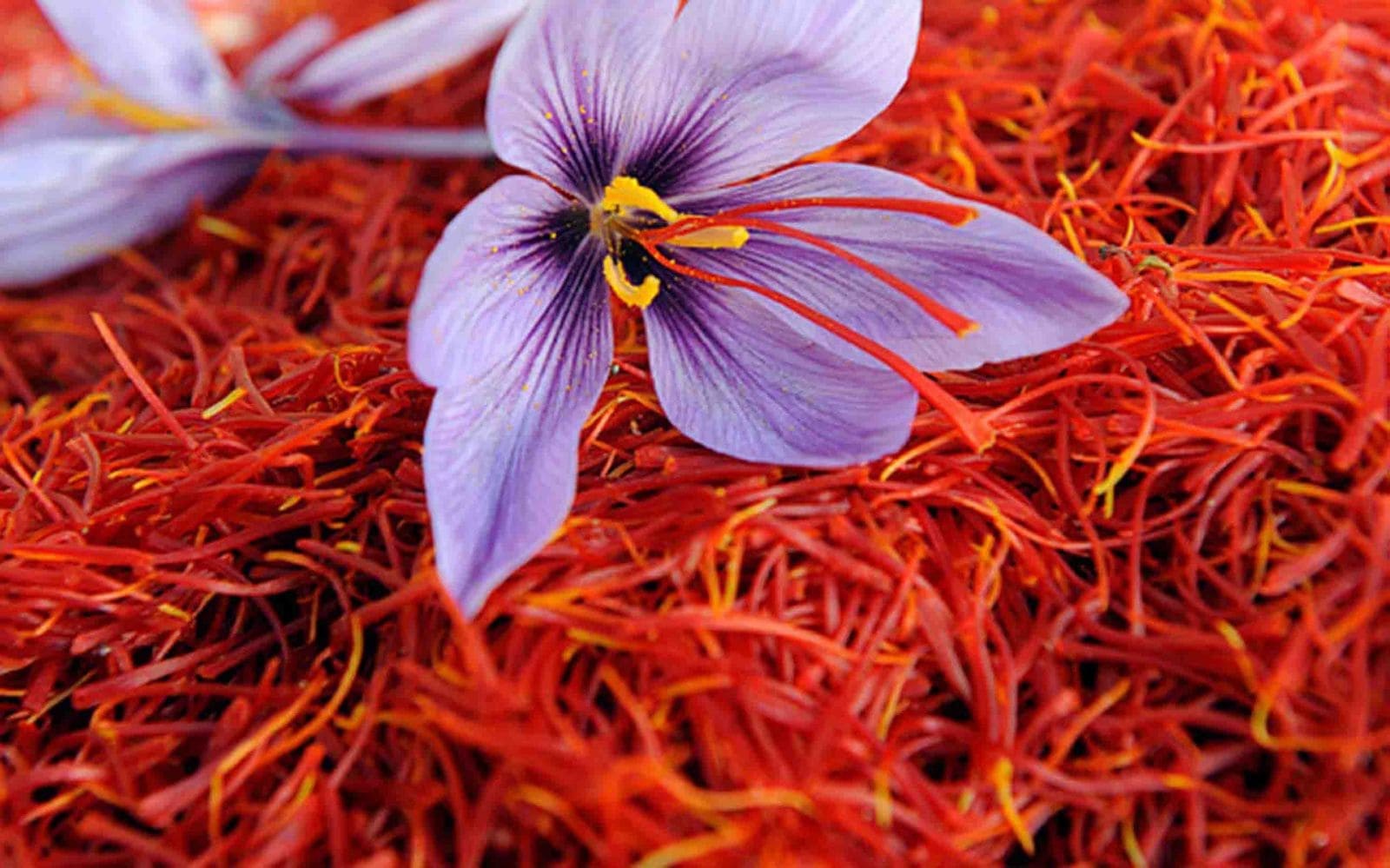A Simple Guide for Beginners
Saffron is one of the most valuable spices in the world, known for its rich aroma, deep color, and health benefits. While it may seem like a crop reserved for professional farmers, you can grow saffron at home with the right tools, environment, and care. Whether you’re a spice lover or a gardening enthusiast, cultivating saffron in your own backyard or balcony is both rewarding and practical.

Why Grow Saffron at Home?
Growing saffron at home offers more than just fresh spices—it provides peace of mind. When you grow your own saffron, you avoid additives, ensure quality, and enjoy the satisfaction of harvesting something truly luxurious.
Benefits of Home-Grown Saffron
-
100% natural and chemical-free
-
Saves money in the long run
-
Adds beauty to your garden
-
Enhances home-cooked meals
-
Makes a great hobby with health benefits
Therefore, if you have a little space, patience, and passion, saffron is a surprisingly easy plant to manage.
What You Need to Get Started
Growing saffron doesn’t require a large field. In fact, saffron thrives in containers, raised beds, or small garden patches. However, you do need to plan for its specific needs.
1. Saffron Bulbs (Corms)
You’ll need high-quality Crocus sativus bulbs, also known as corms. These are usually planted in late summer to early fall, so they bloom by mid to late autumn.
Pro tip: Always buy from reputable suppliers to avoid disease-prone or fake bulbs.
2. Well-Draining Soil
Saffron prefers loose, sandy, and well-drained soil. Waterlogged roots lead to rot, so make sure your soil or container drains properly.
3. Sunny Location
Saffron requires full sun for at least 6–8 hours a day. Choose a bright spot in your garden, balcony, or windowsill if planting indoors.
4. Proper Spacing and Depth
Plant bulbs 3–4 inches deep and 4 inches apart. If using pots, make sure they are deep and wide enough for airflow and growth.
How to Care for Your Saffron Plants
Once planted, saffron corms need minimal maintenance. Still, attention to detail during key growth stages can improve your yield.
Watering
Water only lightly after planting. Overwatering is a common mistake, so keep the soil slightly moist—not soaked.
Flowering and Harvest
Saffron flowers bloom in autumn, each producing three delicate red stigmas—this is the saffron. Harvest by hand on the same day flowers open, ideally in the morning.
After that, dry the threads in a dark, warm place for 3–5 days before storing in an airtight container.
Final Thoughts: Saffron from Garden to Kitchen
Growing saffron at home is easier than you think. With proper soil, sun, and timing, you can produce this luxurious spice in your own garden. Not only is it cost-effective, but it also brings beauty, flavor, and wellness into your daily life.
https://saffronexporter.com/does-saffron-make-you-happy/1005/






